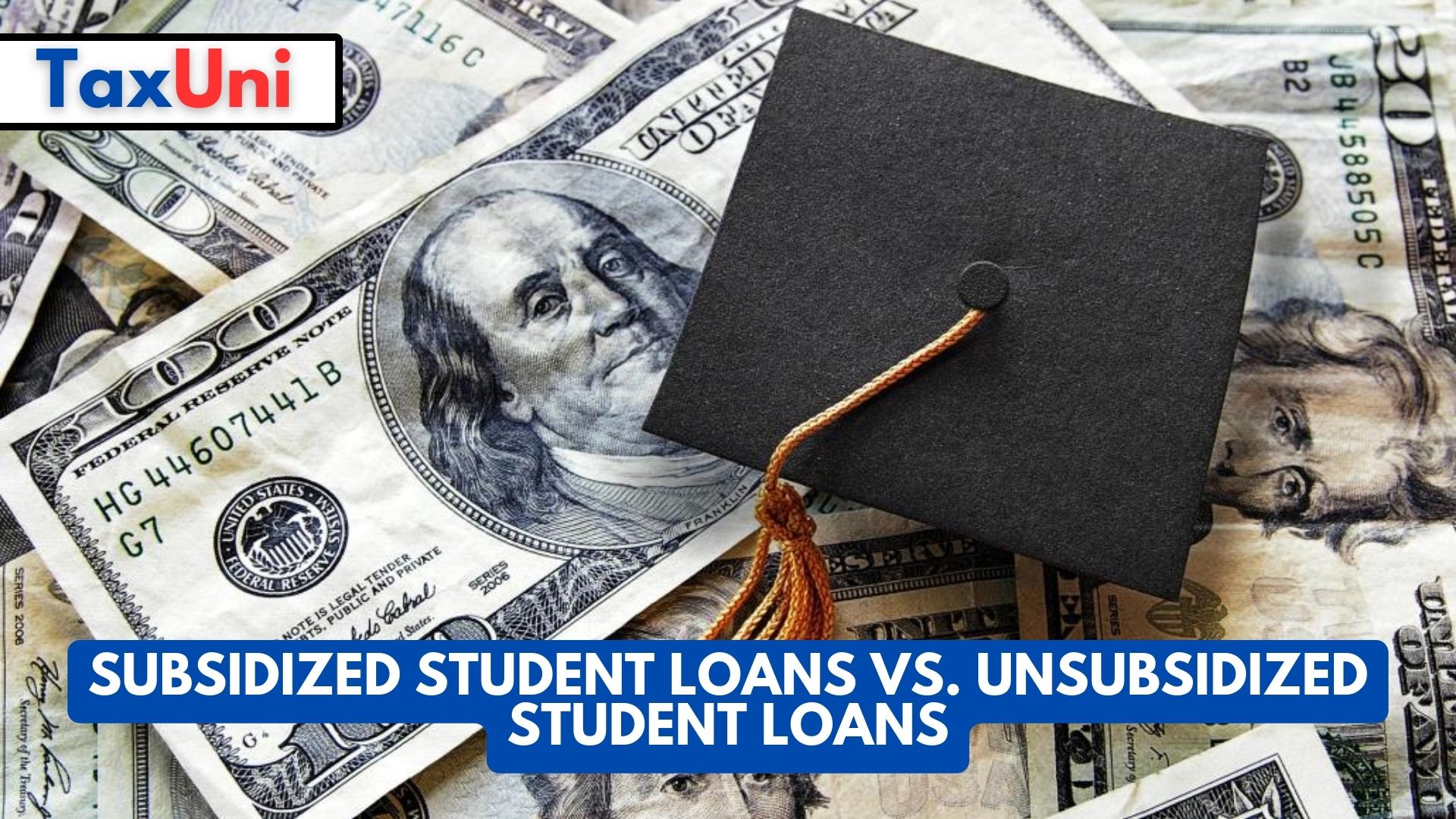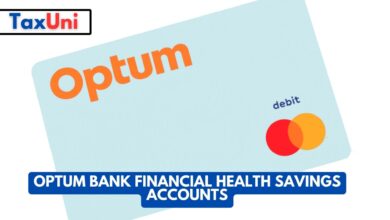Subsidized Student Loans vs. Unsubsidized Student Loans
Taking out student loans can be a good option for college students who need help covering expenses. However, it's important to consider all other funding options before turning to loans. And once you're ready to apply for federal loans, knowing the difference between subsidized and unsubsidized student loan types is essential.

Contents
When you need to borrow to help pay for college, you’ll be offered a variety of options from the federal government. These include subsidized student loans and unsubsidized student loans. Choosing the right type of loan can save you money and reduce the amount of debt you end up with after graduation. However, when you’re looking for financing to help pay for college, it can be hard to decide between subsidized and unsubsidized student loans. The federal government offers both, but they differ in how they work once you’re ready to start repaying your loan.
Subsidized Student Loans
Subsidized loans are offered to undergraduate students who demonstrate financial need, and they are typically less expensive than unsubsidized loans. The federal government pays the interest on subsidized student loans while you’re enrolled at least half-time, during a six-month grace period after you leave school or graduate, and during any deferment periods.
To qualify for a subsidized loan, you’ll need to submit your Free Application for Federal Student Aid (FAFSA) form. Your FAFSA will be used to gauge your financial need and determine how much-subsidized loan funding you’ll be eligible for. Only undergraduate students can qualify for subsidized loans; graduate and professional students aren’t eligible for this type of federal loan.
Unsubsidized Student Loans
Unsubsidized loans are more flexible than subsidized student loans and are available to all undergraduate, graduate, and professional students. However, you’ll be responsible for paying the interest on your unsubsidized loans when they’re disbursed, which can add up quickly. Unsubsidized student loans also have lower borrowing limits than subsidized loans, which can limit your overall financing. Your financial aid advisor will be able to share all of your loan options with you, so you can choose the amount of funding that’s right for you. Many borrowers will opt for a combination of subsidized and unsubsidized loans to help meet their financing needs. This way, they’ll be able to utilize subsidized student loans first and then switch to unsubsidized loans once those are exhausted.

How to Choose Between Subsidized and Unsubsidized Loans?
Understanding the difference between subsidized and unsubsidized loans can make all the difference in how much you’re paying for college. While both offer competitive interest rates and some of the easiest repayment terms of all federal student loans, it’s important to consider all of your options before making any decisions about borrowing money for school.
- Subsidized and unsubsidized loans differ in several ways, including who can qualify for them, the loan borrowing limits, and how interest accrues. Subsidized student loans allow students to pay only the principal of their loan, and the government pays the interest for a period of time while they are in school or during loan deferment periods.
- Unsubsidized loans require students to start paying the interest immediately, and any unpaid interest will be added to the loan principal (a process called capitalization). As the cost of a college education continues to rise, even students with the highest subsidized loan borrowing limits will likely need additional funds to cover the full cost of their degree.
| Subsidized Student Loan | Unsubsidized Student Loan | |
|---|---|---|
| Interest | The government pays the interest while you are in school or during deferment periods. | Accrued interest is the responsibility of the borrower. |
| Need-based | Usually awarded based on financial need. | Not based on financial need. |
| Borrower Limits | Limited to undergraduate students with demonstrated financial need. | Available to both undergraduate and graduate students. |
| Loan Limits | Lower loan limits compared to unsubsidized loans. | Higher loan limits compared to subsidized loans. |
| Interest Rates | Fixed interest rates set by the government. | Fixed interest rates set by the government. |
| Repayment | Repayment typically begins six months after graduation or when you drop below half-time enrollment. | Repayment typically begins six months after graduation or when you drop below half-time enrollment. |
| Need to Apply | To qualify, you must submit the Free Application for Federal Student Aid (FAFSA). | To qualify, you must submit the Free Application for Federal Student Aid (FAFSA). |





